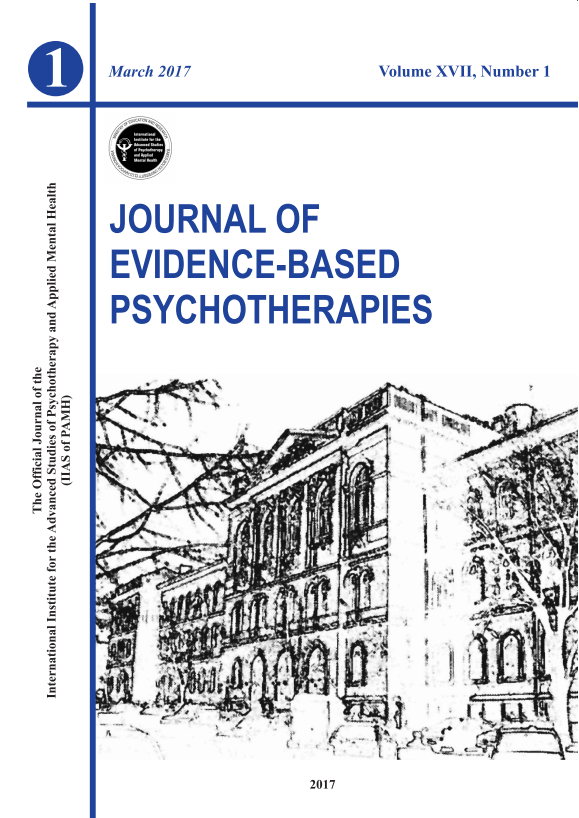ercnakn@gmail.com
Türkan Doğan1, Ercan Akın1*, Eyüp Sabır Erbiçer1, Nilüfer Koçtürk1, Duygu Betül Özkanca2, Elif Özüm Kuş3, Cemile Dur Öztürk1, M. Furkan Kurnaz4, and Ahmet Metin5
¹ Department of Guidance and Psychological Counseling, Hacettepe University, Ankara, Türkiye.
2 Department of Guidance and Psychological Counseling, Bahcesehir University, Istanbul, Türkiye.
3 Department of Psychology, Haliç University, Istanbul, Türkiye.
4 Department of Guidance and Psychological Counseling, Necmettin Erbakan University, Konya, Türkiye.
5 Department of Guidance and Psychological Counseling, Erciyes University, Kayseri, Türkiye.
Abstract
The present study aims to develop a valid and reliable scale to assess test-related negative cognitions of adolescents and examine whether these negative cognitions mediate the relationship between psychological resources (self-esteem and resilience) and test anxiety. A total of 446 participants were included in Study I (58.20% female, average age 15.69) and 466 (66.7% female, average age 15.06) in Study II. The data collection instruments included the Test-Related Negative Cognitions Scale (TRNCS), the Test Anxiety Inventory, the Brief Resilience Scale, and the Two-Dimensional Self-Esteem Scale. The study showed that the TRNCS, consisting of 15 items, explains 68% of the total variance and has a Cronbach alpha (α) value of 0.92. Confirmatory factor analysis revealed that items were fitted to four factors, and standardized item loadings ranged from .59 to .94. TRNCS is a valid and reliable tool for measuring students’ test-related negative cognitions. Results indicated that test-related negative cognitions mediated the relationships between psychological resources and test anxiety. Based on the cognitive behavioral therapy model’s understanding of the mutual influence of psychological resources, negative thought patterns, and anxiety, it is recommended that interventions aimed directly at identifying and addressing test-related negative cognitions may be effective in reducing test anxiety.
Keywords: test anxiety, negative cognitions, adolescent, resilience, self-esteem.
Please cite this article as:
Doğan, T., Akın, E., Erbiçer, E. S., Koçtürk, N., Özkanca, D. B., Kuş,
E. Ö., Öztürk, C. D., Kurnaz, M. F., & Metin, A. (2025). The Test Related Negative Cognitions Scale: A Key Piece of the Puzzle in Understanding the Relationship Between Test Anxiety and Psychological Resources. Journal of Evidence-Based Psychotherapies, 25(1), 45-75.
DOI: 10.24193/jebp.2025.1.3
Published online: 2025/03/01
Published print: 2025/03/01
